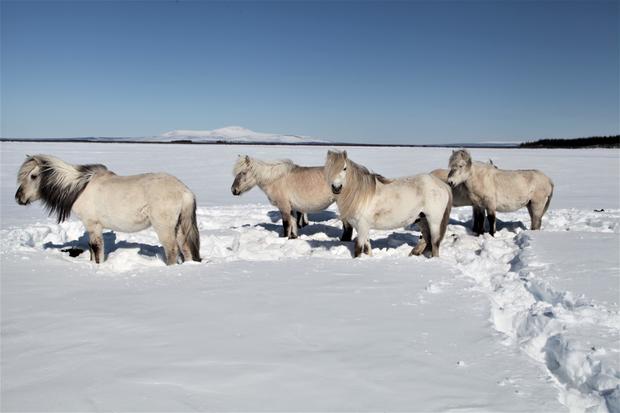Sergey Zimov, a Russian geophysicist, is a genuine eccentric but he might just be on to something.
Over the last several decades, Zimov and his son Nikita have been building what they’ve dubbed ‘Pleistocene Park’ in far northeastern Siberia. By populating the 160 square km (62 square miles) park with yaks, horses, sheep, oxen, and other grazing animals, Zimov and his son hope to reshape the land to more closely resemble the northern grasslands of the kind that spread during the Pleistocene epoch, the glacial geological period that began 2.6m years ago and ended 12,000 years ago.
Having the grazing animals–with their stamping hooves that disperse snow and compress the ground–uproot and trample the shrubs, moss, and larch trees that cover the area and return it to grassland will, they argue, slow the thawing of permafrost, a process that leads to the release of greenhouse gases that could accelerate climate change.

Early results from 100 resettled animals across a one-square-kilometer area cut the average snow cover height in half, dramatically reducing the insulating effect, exposing the soil to the overlying colder air, and intensifying the freezing of permafrost.
The results of a computer model also support their ideas. Repopulating the tundra with grazing animals would reduce ground warming to just 4 degrees Fahrenheit (versus 7 degrees Fahrenheit if we do nothing), which would preserve 80% of the current permafrost through the end of this century. If we do nothing, we will lose 50% of all permafrost by 2100, dumping gigatonnes of carbon dioxide into the atmosphere.
“This type of natural manipulation in ecosystems that are especially relevant for the climate system has barely been researched to date, but holds tremendous potential,” says Professor Christian Beer of the University of Hamburg, who conducted the computer simulation.
